Landfilled waste produces a significant amount of methane, a greenhouse gas with a climate warming power 28 times higher than that of CO2. To limit the impact of this gas on climate change, public decision-makers and waste management operators are promoting both a sharp reduction in the volume of waste landfilled and improved energy recovery of the methane produced.
What is biogas? Definition
Biogas is a combustible gas produced by the fermentation of organic matter in the absence of oxygen: this is called methanization or anaerobic digestion. Landfills produce biogas in significant quantities. Biogas is a fuel and is mainly composed of methane (65-70%) and CO2. It is a renewable energy source that can be captured and used to generate electricity, heat for district heating networks or as a biofuel.
Our solutions for producing biogas from landfilled waste
Capturing biogas in landfills requires an efficient waste collection and pre-treatment system. This system generally involves a network to collect and recover the methane, as well as an electricity production unit using gas turbine generators with a capacity adapted to the size of each site.
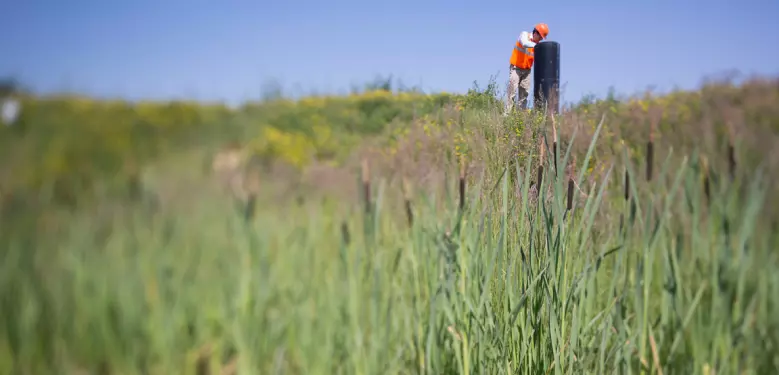
Each year, we recover biogas from more than 14 million metric tons of landfilled waste, which we use to generate 1.2 million MWh of electricity.
The system we provide can be broken down into several operational phases:
- The design phase involves configuring landfill and the facilities for capturing and transporting the methane gas from the organic waste’s fermentation;
- The construction phase includes land drainage, construction of the non-hazardous organic waste storage cells, and installation of the biogas collection network;
- The operation phase includes treating the leachate – residual liquid generated by the percolation of water through the stored waste – and collecting and treating the biogas;
- The post-operational phase, finally, corresponds to the continuation and completion of the previous phase, to which is added landscaping to return the site to its original appearance.
- Reducing your environmental footprint
- Diversifying your energy mix
- Benefitting from a sustainable alternative to waste landfill
Are you a municipality, local authority or inter-municipal structure? What are the benefits for you?
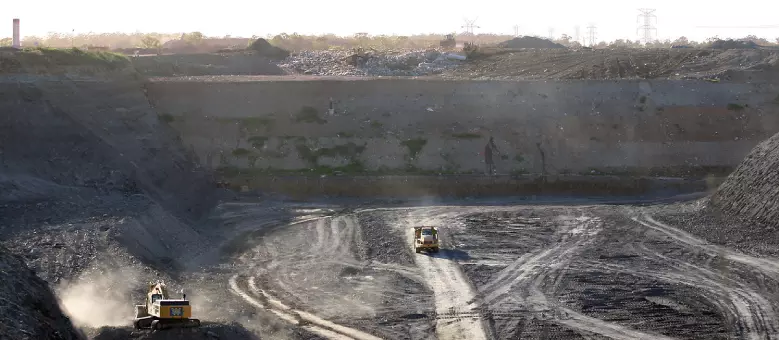
We dit it!
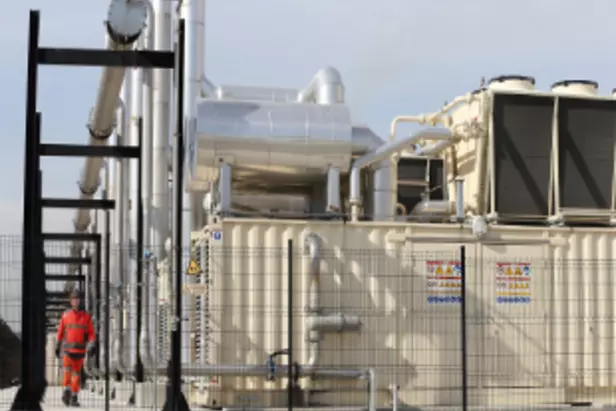
France
At the Plessis-Gassot non-hazardous waste landfill in France, we capture biogas and then recover it in a cogeneration plant. Each year, the plant produces 130,000 MWh of electricity – the equivalent of the consumption of more than 40,000 households – and 30,000 MWh of thermal energy, the equivalent of the consumption of nearly 3,000 households. Users connected to the network have seen their heating bills drop by more 90%.
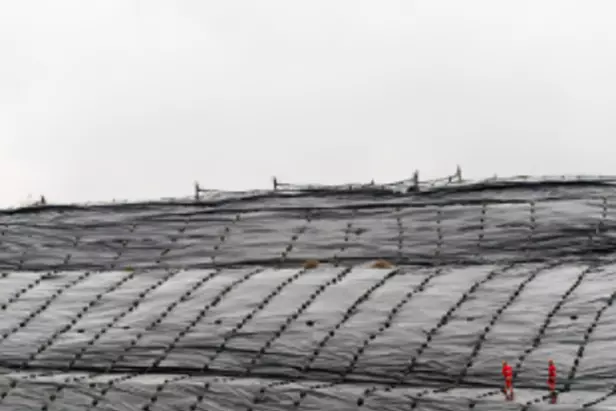
China
At the Laogang landfill, we have installed a collection and pre-treatment system to recover and reuse the 60 million m3 of biogas generated annually. This facility is coupled with an electricity generation plant which produces about 100,000 MWh of green energy per year, equivalent to the energy consumption of 100,000 households.
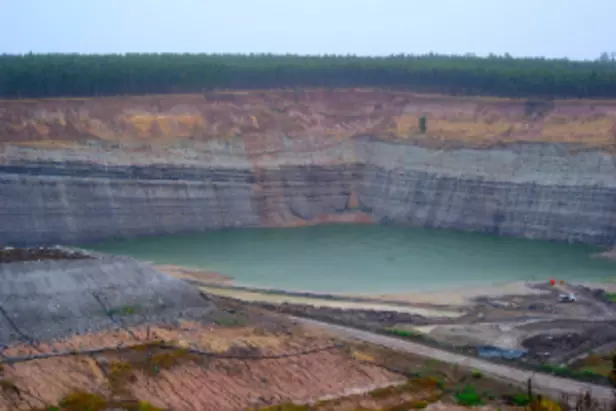
Australia
The former Ipswich coal mine in Queensland, Australia, has become a landfill and green energy production facility. With 3.3 MW of electricity generation capacity to date (equivalent to the needs of 2,500 households) and 10 MW by 2025, the site is making a significant contribution to the region's carbon footprint reduction goals. It is expected to avoid the emission of 3 million metric tons of GHG over the next decade.
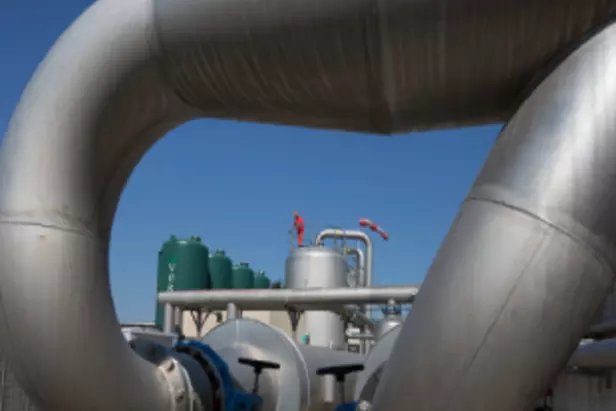
France
The non-hazardous waste landfill in Claye-Souilly, France, includes a recovery unit for the biomethane produced from the fermentation of the waste. The biogas produced will supply 20,000 households in the Paris region for a 15-year period starting in 2022, and will help fight global warming by avoiding the emission of 25,000 metric tons of CO2 per year.


